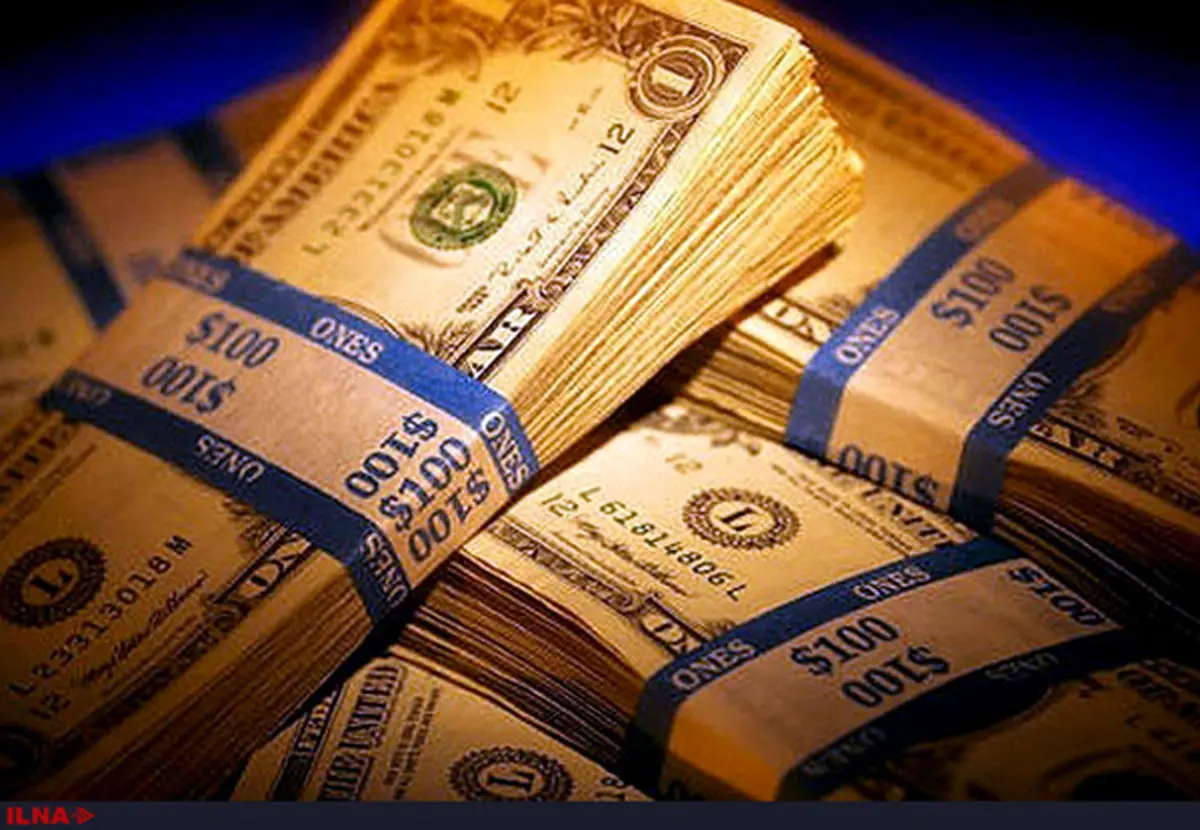World Bank sees uptrend in Iran’s GDP growth to 2019

The World Bank, in its latest “Iran’s Economic Outlook” report, sees stronger growth in 2018-19 as investment growth turns positive and accelerates along with more political and economic stability, following the reelection of President Hassan Rouhani for a second four-year term in May 2017.
The report estimates a 3.6% GDP growth at constant market prices and 3.5% at constant factor prices for the Iranian economy in 2017. The estimates for 2018 and 2019 are at 4% and 4.3% at constant market prices and 3.9% and 4.1% at constant factor prices respectively.
The World Bank report was released on its website a few days after the International Monetary Fund projected that Iran’s real GDP will expand by 3.5% and 3.8% in 2017 and 2018 respectively. In 2022, the IMF estimates the economic growth will stand at 4.1%.
In the medium term, the Iranian economy is expected to undergo a significant moderation in growth, as spare capacity in the oil sector is utilized.
Iran’s economy took off after the removal of international sanctions over the country’s nuclear energy program in early 2016.
According to World Bank and IMF, Iran experienced an unprecedented 12.5% GDP growth in 2016. The feat was made possible mainly thanks to increased oil output after restrictions on crude sales were lifted as a result of sanctions removal.
However, as crude production is reaching the pre-sanctions level, there is not much room left to see growth in this sector.
As for other economic sectors in 2017, 2018 and 2019, the World Bank expects the agriculture sector to grow at a rate of 4%, 4.1% and 4.1%; the industrial sector at 4.6%, 4.7% and 4.8%; and the services sector at 2.3%, 3% and 3.4% respectively (at constant factor prices).
The World Bank puts growth in the agriculture, industrial and services sectors in 2016 at 4.2%, 24.7% and 3.7% respectively in 2016 (estimated at constant factor prices).
END
